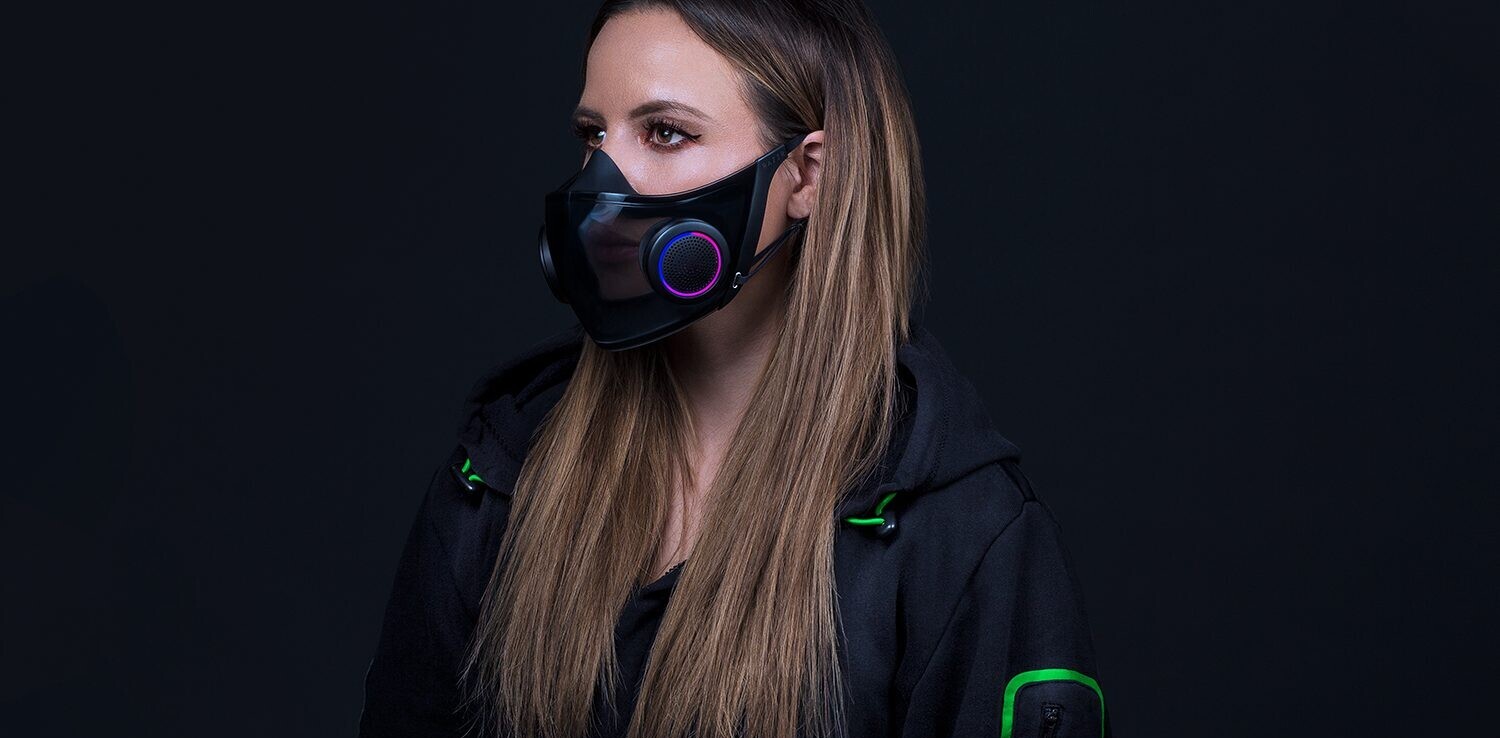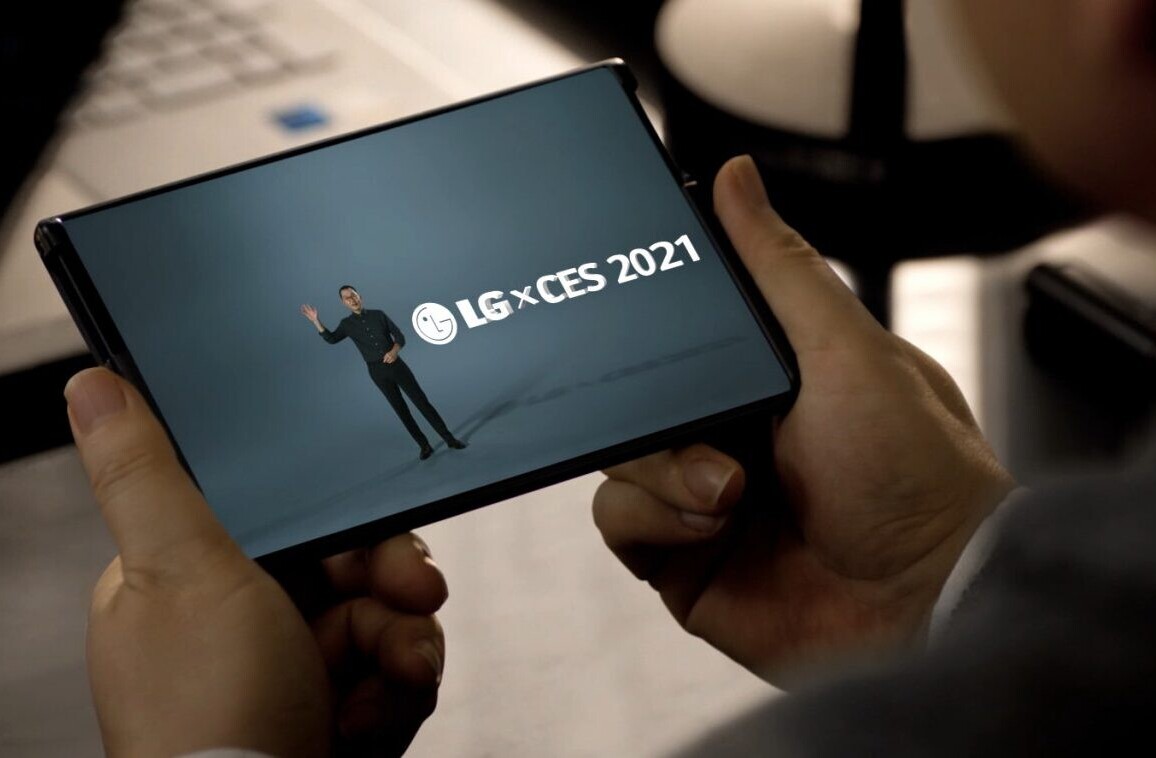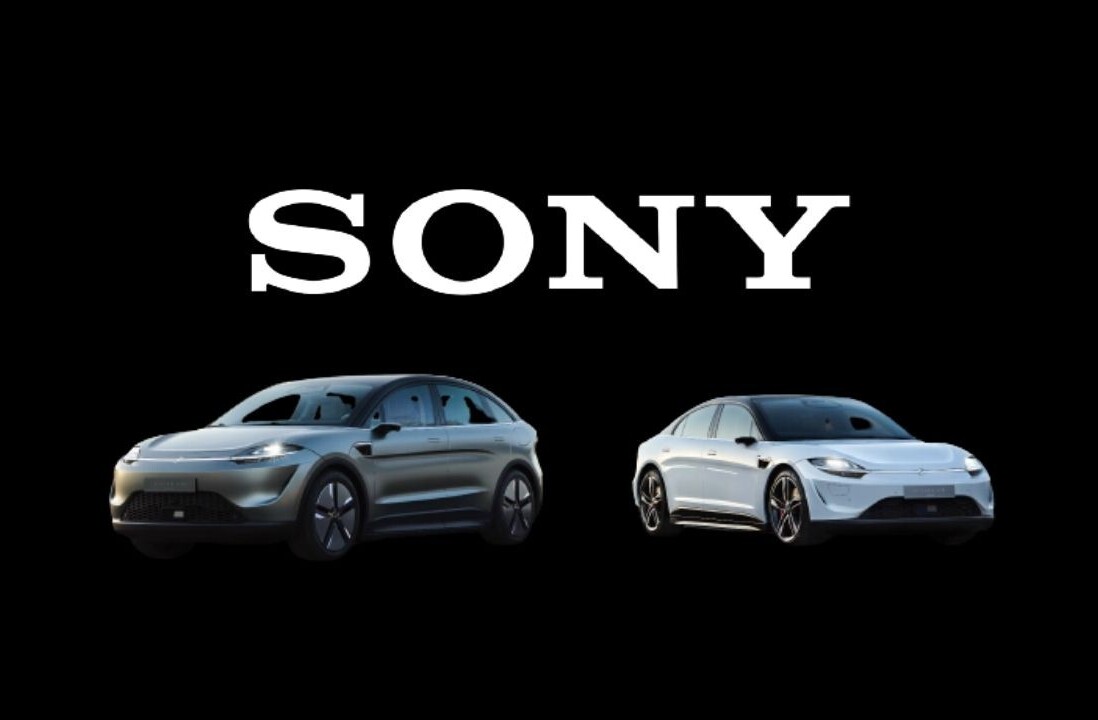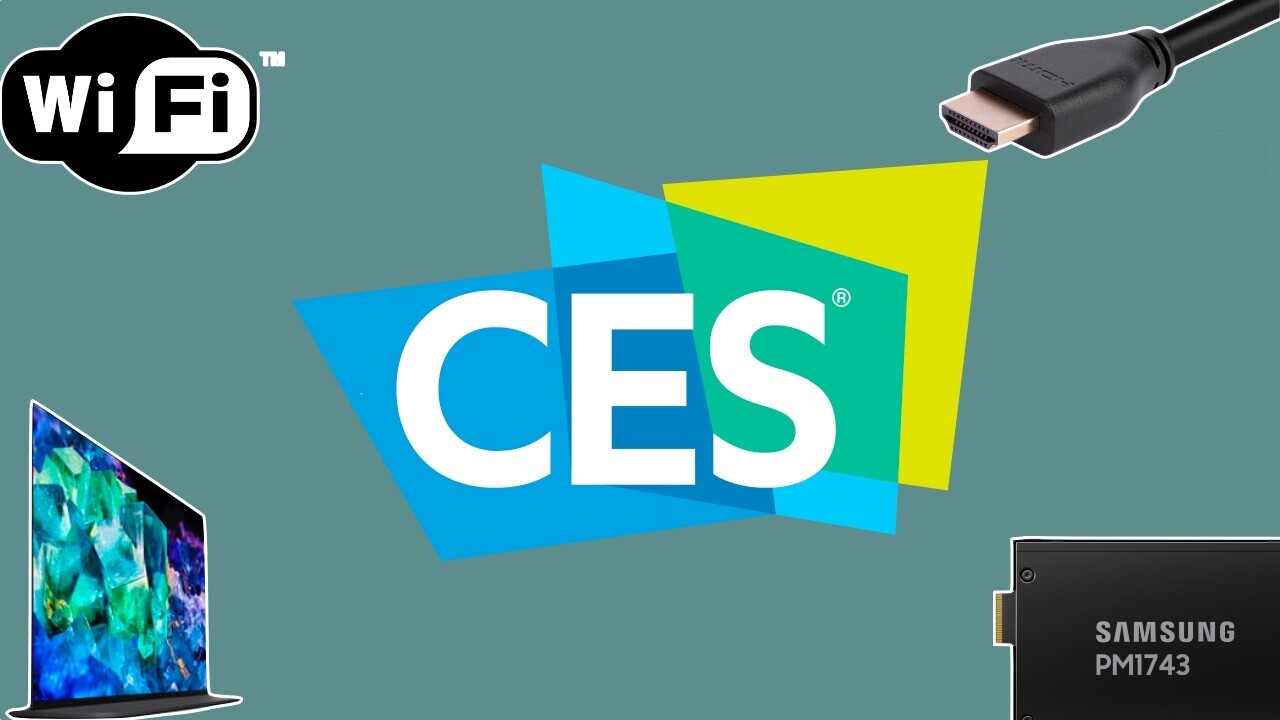
CES 2021 saw new the introduction of standards like HDMI 2.1 and Mini-LED, you know, things that’ll give us serious headaches when we plan to buy a new TV. But did you think those were tough to understand? Well, wait until you read about this year’s standards. Here we go:
Wi-Fi 6 Release 2
Don’t you love it when a tech standard breaks its standard series and randomly introduces a new update?
The new Wi-Fi 6 Release 2 update will improve the wireless connectivity in one specific area: uploads (or technically, uplink data).
The Wi-Fi Alliance, the organization that maintains the protocol, said the new “uplink multi-user multiple-input” and “multiple-output (multi-user MIMO)” will “deliver smoother streaming services and video conferencing, faster uploads, and more reliable gaming.”
That means more devices on your network can smoothly upload data simultaneously. Wi-Fi 6 already had support for downlink multi-user MIMO for 8 streams — with support for 8 streams for uplink available with the new update.
This new update is compatible with all bands included in Wi-Fi 6: 2.4 GHz, 5 GHz, and 6 GHz, which was introduced last year with Wi-Fi 6E.
To say this is confusing for the consumer is an understatement.
The alliance said that some devices might be able to take advantage of this right out of the bat with a firmware update. But you’ll have to check with your device vendor for that.
You can read more about Wi-Fi 6 Release 2 here.
HDMI 2.1a
The HDMI standard is already a mess. Technically HDMI 2.0 doesn’t exist anymore, and all of its features are rolled into HDMI 2.1 standard.
What’s more, device manufacturers are not required to include all HDMI 2.1 features, such as Variable Refresh Rate (VRR) for a smooth gaming experience, and Auto Low Latency Mode (ALLM) for lag-free interactions, to get the certification. You can read more about this clusterfuck in TFTCentral’s excellent report.
While all of us were trying to understand this whole thing, HDMI.org released a new standard: HDMI 2.1a.
that includes functions such as Source-Based Tone Mapping (SBTM). This allows devices like your gaming consoles to send specific signals about HDR tone-mapping. Until now, you had to calibrate your display manually to get the best result for your source. Now, your set-top box or console can take over some of that workload.
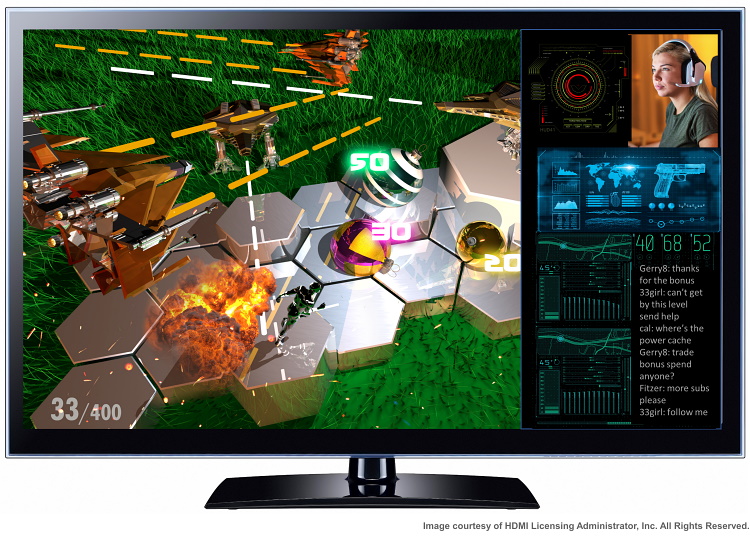
HDMI.org said that this new update will allow sources to better handle content that is a combination of HDR and SDR components. For example a game stream with different menus and text boxes.
Thankfully, manufacturers can issue a firmware update to enable SBTM for existing compatible devices. But we’ll still have to look at the detailed spec sheet of newly released models.
PCIe 5.0
PCIe (peripheral component interconnect express) is an interface standard to connect extra peripherals in your PC set up, such as SSDs and GPUs. It allows these components to talk to the CPU or other components. With this, you want high read/write speed and bandwidth for better data processing and performance.
PCIe 5.0 technically offers 128 GB/s of bandwidth and 32 GT/s (GigaTransfers per second), which indicates 32 billion data transfers per second.
Just before CES, Samsung showed off a PCIe 5.0 enabled SSD, which claims to have a random read speed of 13,000 megabytes per second (MB/s) and a sequential write speed of 6,600 MB/s — almost twice as fast as SSDs with PCIe 4.0
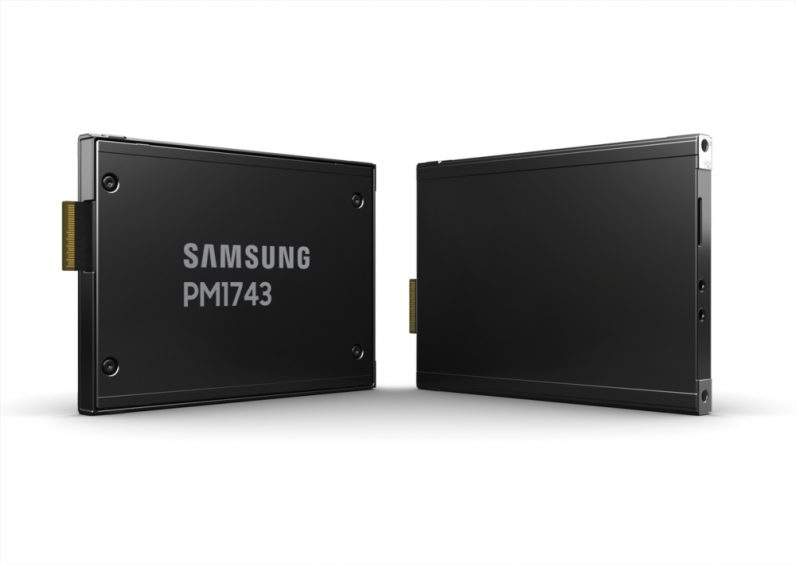
Samsung said these new SSDs will be available sometime in Q1 2022 with storage range from 1.92 terabytes (TB) to 15.36TB, and in 2.5-inch and 3-inch EDSFF (E3.S) for enterprise customers.
Intel’s 12th gen Alder Lake processors, announced last year, also support PCIe 5.0 standard. So we’ll expectedly see more components in this category this year.
Thank god that this at least makes some sense.
Display standards
In 2021, we saw the rise of Mini-LED screens, and this year, TV manufacturers made them available in more sizes. Just as a refresher, Mini-LED uses thousands of tiny LEDs (sized 0.008-inch or 200 microns) to light up liquid crystals in order to generate colors. This offers local dimming and better contrast than traditional LCDs.
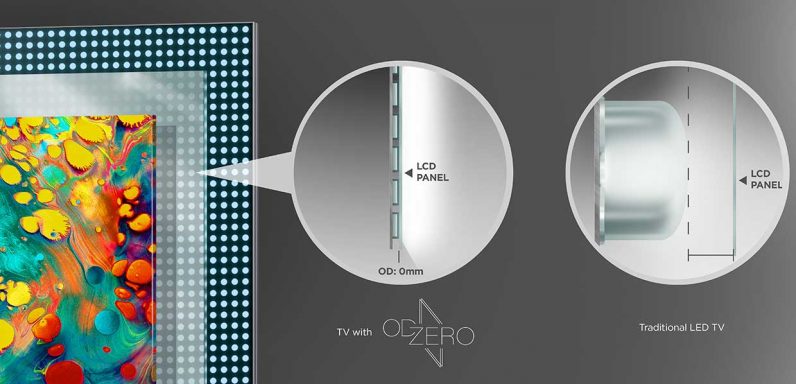
Micro-LEDs use tinier diodes (sized 0.002-inch or 50 microns) for better contrast, but unliked Mini-LEDs, don’t have any backlight.
So Micro-LED screens are closer to OLEDs than LCDs. However, they offer peak brightness (or luminance) of 5,000 nits — five times more than traditional OLEDs. Plus, this tech can solve the screen burn-in issue faced by OLED screens.
What’s more, Micro-LEDs can offer great contrast by switching off individual diodes, thus offering true blacks.
This year at CES, Samsung has shown off three Micro-LED models with 89-inch, 101-inch, and 110-inch screen sizes. LG also announced its gigantic 136-inch TV with this new tech. Hopefully, we’ll see small screen sizes available to the masses next year.
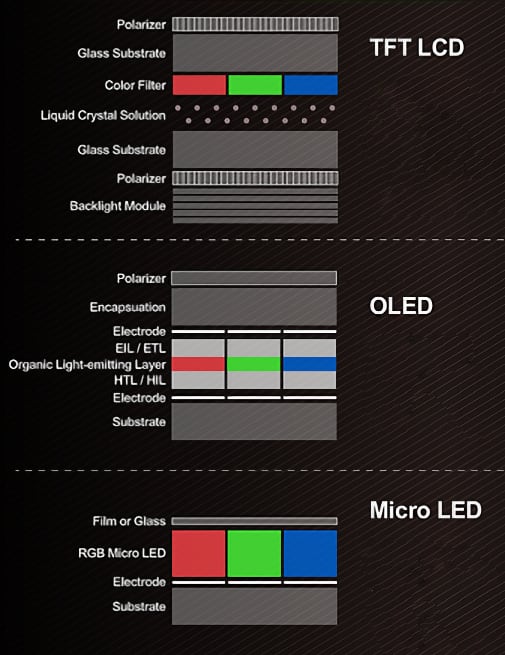
One of the other prime bits of display tech that debuted at CES 2022 was Sony’s QD-OLED (Quantum dot OLED) TV. While the TV uses Samsung’s panel, the Japanese company has tuned it in with its own tech.
For the uninitiated, Quantum dots are nanometer-sized semiconductor materials that convert white light into different colors without any energy loss. Samsung’s panel uses a blue OLED backlight to light up these quantum dots for great brightness and contrast.
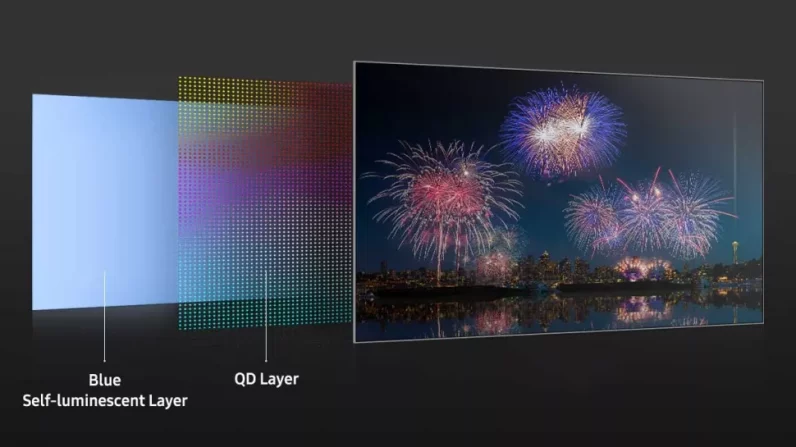
A QD-OLED display can achieve a contrast ratio of 1,000,000:1, brightness of 1,00 nits, and color volume coverage of 85% — resulting in a vibrant picture. For now, TV makers will release devices with tech at an ultra-premium price and gigantic screen sizes. So you might have to wait for the next few years to get them at an affordable price.
These standards will make our devices better, but companies and managing organizations have done a terrible job of keeping them simple and easy to understand. To get all the features you want in a device, you will need to look at the spec sheet carefully or contact the vendor.
Things like TVs and routers are devices that you might be willing to spend extra money on with a few years of runway. And at the end of the day, if you don’t get features for the money you spend, you’d be terribly disappointed. Just like a right-to-repair bill, might need a right to simpler standards bill soon.
Get the TNW newsletter
Get the most important tech news in your inbox each week.

